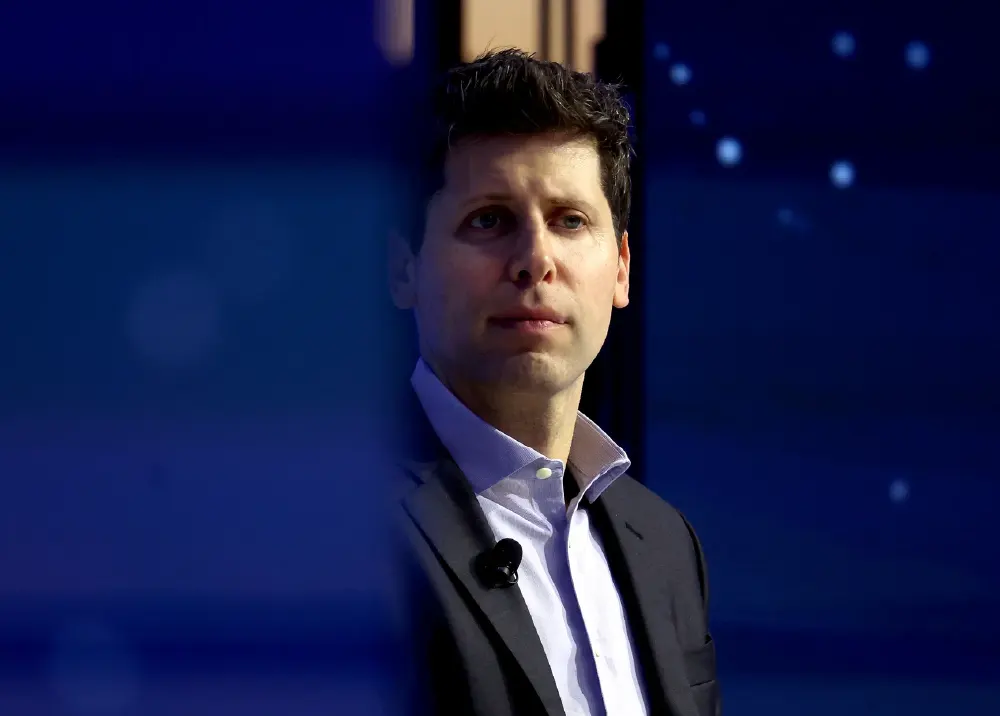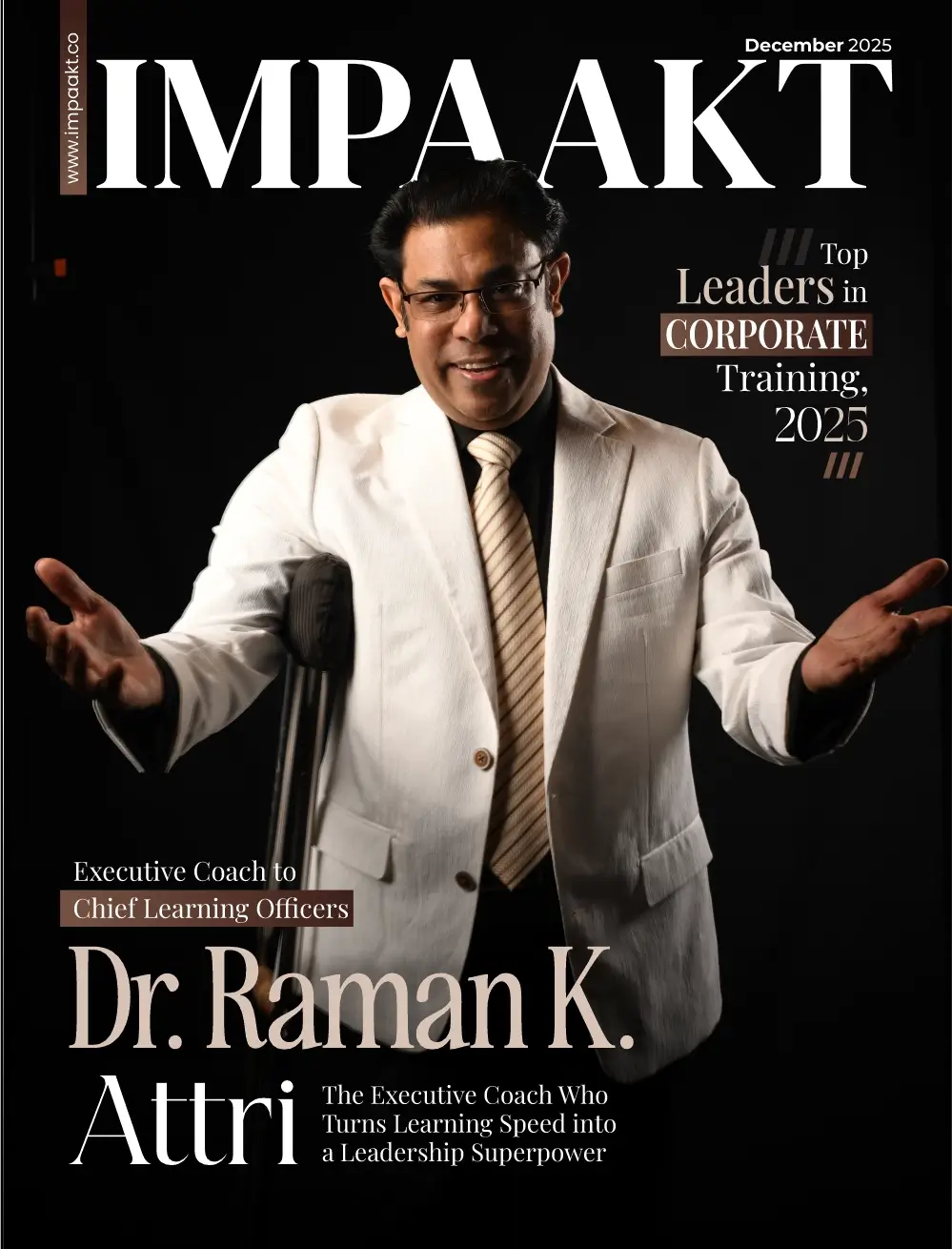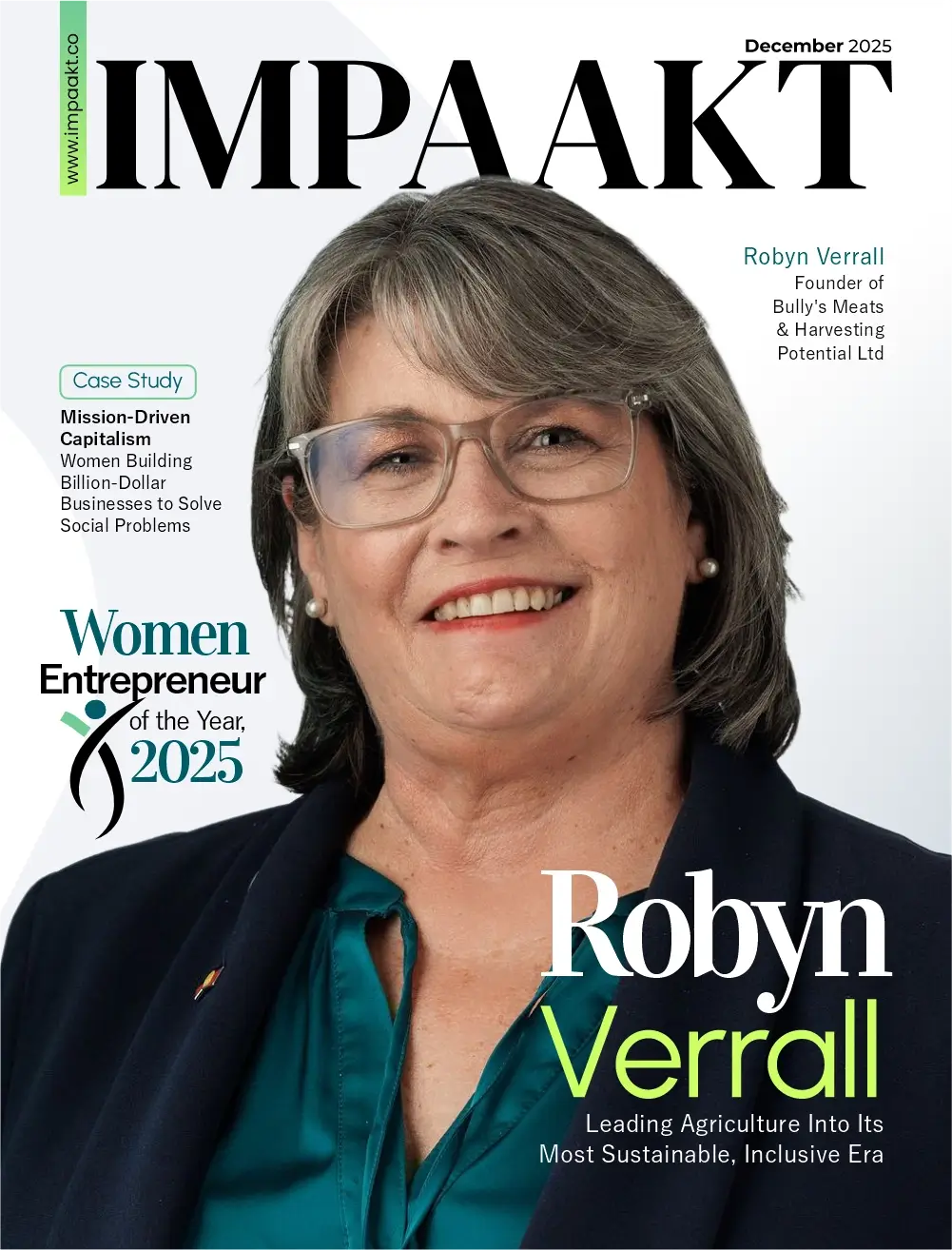OpenAI witnessed a significant upheaval on Friday, marked by the departure of key leadership figures. Following the termination of CEO Sam Altman, OpenAI’s co-founder and president, Greg Brockman, took to the social media platform X (formerly Twitter) to announce his resignation from the company. This development unfolded in tandem with Altman’s exit, casting a spotlight on a critical juncture for the organization.
Earlier in the day, OpenAI had communicated that Greg Brockman, also serving as the board’s chairman, would be stepping down from his role as chairman. However, he is set to maintain his affiliation with the company, continuing in his capacity as president. This nuanced change in leadership dynamics introduces an additional layer of complexity to the unfolding narrative surrounding OpenAI.
The simultaneous departures of Altman and Brockman, both influential figures in OpenAI’s leadership, prompt reflections on the company’s strategic direction and its ability to navigate the dynamic landscape of the AI industry. The circumstances surrounding these exits, coupled with the pivotal roles Altman and Brockman played in shaping OpenAI, amplify the significance of these leadership changes and their potential impact on the company’s trajectory.
Amidst this leadership transition, Mira Murati, OpenAI’s Chief Technology Officer, has assumed the role of interim CEO. The departure of both the CEO and co-founder/president within a short span marks a critical moment for OpenAI, a company renowned for its contributions to advancing artificial intelligence, notably through innovations like ChatGPT.
As OpenAI grapples with these changes, questions arise about the continuity of its mission and the adaptability of its strategic vision. The transition also prompts considerations about the future development and deployment of OpenAI’s groundbreaking technologies, including the widely used ChatGPT, as the company charts its course through this transformative period.











